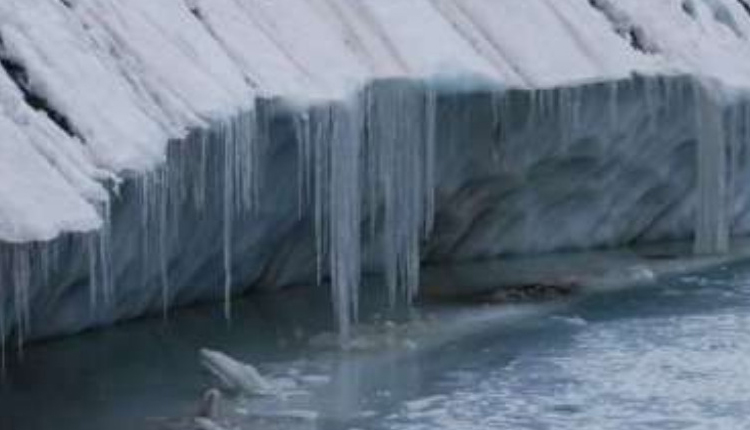New Delhi: Scientists have sounded a stark warning for the Ganga river after a half-century-long study showed its feeder glaciers shrinking at an unprecedented pace.
The research, led by the Wadia Institute of Himalayan Geology, points to climate change as the culprit behind the rapid thinning of ice in the Bhagirathi basin – home to the iconic Gangotri glacier.
Published in the international journal Results in Earth Sciences, the findings track changes from 1973 to 2024. What started as a slow retreat has accelerated sharply since 2000.
At Gomukh, the glacier’s snout, ice thickness was losing just 0.10 metres a year until the turn of the millennium. The rate has now increased, indicating that warmer temperatures and changing rainfall patterns are eroding these frozen reservoirs.
Dr Rakesh Bhambri, a senior glaciologist at the institute, referred to the data as a critical warning. “This isn’t just about losing ice – it’s about the future of water security for millions,” he said. The basin’s 238 glaciers play a vital role in keeping the Ganga flowing year-round. Their shrinking mass threatens not only river levels but also fragile ecosystems and biodiversity in the Himalayas.
The study involved collaboration with experts from Punjab Central University in Bathinda and the University of Leeds in the UK. They used decades of satellite imagery and field measurements to map the decline in both length and thickness – a double blow that’s harder to reverse than the surface retreat alone.
Short-term floods from melting could give way to long-term droughts downstream. Policymakers, the researchers urge, must strengthen monitoring networks and roll out adaptation plans swiftly. Without action, the lifeline of northern India risks running dry in the decades ahead.
As global temperatures climb, this Himalayan hotspot underscores a broader crisis: ancient ice vanishing faster than ever, with ripple effects far beyond the mountains.



Comments are closed.